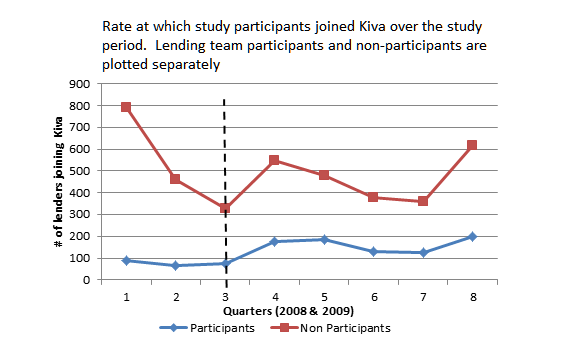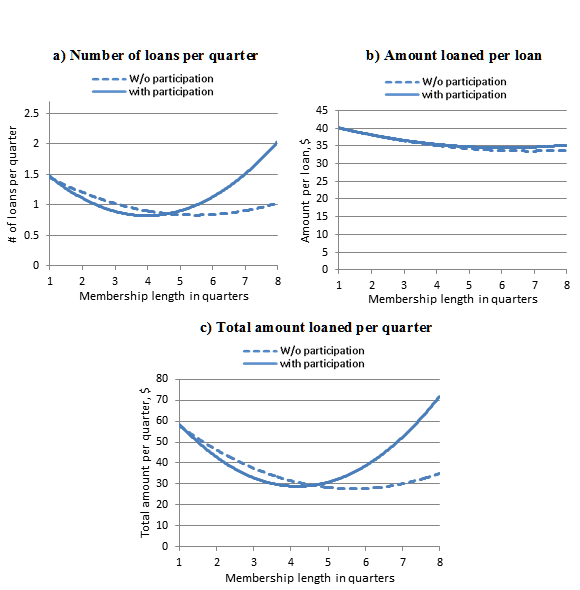Kijun Times
Kijun Times 는 교내 영어잡지,신문 동아리로 다양한 주제에 관한 이슈로 원고를 작성하며 영어 잡지를 만드는 동아리입니다.
매년 잡지 출판뿐만 아니라 자신의 진로와 관련된 개인기사, 모둠기사를 작성함으로써 영어 실력향상은 물론 주제에 제한이 없기 때문에 다양한 진로에 접목 가능합니다.
We are looking for a new journalist for The KIJUN TIMES.
Anyone can be a journalist for The KIJUN TIMES.

How to Use Social Affinity Groups to Engage Customers |
|||||
|---|---|---|---|---|---|
| 이름 | 김유진 | 등록일 | 15.11.18 | 조회수 | 211 |
|
From word-of-mouth marketing to online communities, and of course social media, social marketing is very popular these days. Its idea is simple yet powerful. A company lets its customers take charge and influence others, performing functions that the marketing department used to perform. Consider a referral marketing campaign by the satellite television company Dish TV (link is external), in which customers are rewarded for signing up friends. If you refer one friend, you get $50, if you refer three, you get an Xbox One. Or consider a restaurant asking its customers to write a positive Yelp review (link is external) to help spread the word. Even more interesting is the so-called “peer-to-peer problem solving community (link is external)” which is used by software companies like Hewlett Packard (link is external) and SAP (link is external). In these online forums, customers enthusiastically provide unpaid yet high quality customer service to fellow customers. These are all examples of social marketing. The conventional wisdom (link is external) is that social marketing requires hard-core enthusiasts who devote considerable attention to the company. After all, unless customers are fans who post frequently in the company’s online chatrooms, or “like” its Facebook page or Instagram account, the thinking goes, they are not going to be interested in referring friends, writing reviews, or providing free service. In one recent study (link is external) conducted with an online retailer, the authors found that customers who posted messages (vs. just lurking) in an online community and who had greater social connections with other members spent significantly more money, or what the authors called “social dollars,” at the retailer. But in research (link is external) that I conducted recently with Sharad Borle, a marketing faculty colleague at Rice University, and Siddharth Singh, a marketing professor at the Indian School of Business, we tested the limit of this conventional wisdom. Instead of social groups requiring a whole lot of time, effort, and resources, we studied the role of nominal affiliation groups. What are nominal affiliation groups?Affiliation groups are existing memberships that people already have in broad social categories of personal significance. These include nationality, alma mater, favorite sports team, political, sexual, or religious affiliation, or another interest. For instance, someone who is a Houston Texans fan is a de facto member of the Houston Texans affiliation group. Unlike previous research, we studied the effects of simply allowing people to join a “nominal” online affiliation group membership provided by the company on their behaviors. So what is a nominal affiliation group? It is an affiliation group in name only. (Social psychologists sometimes use the term “minimal group (link is external)”). Its members don’t actually do anything together. They don’t communicate with one another; in fact they don’t even know each other’s real identities. It is simply a group that the customer identifies with based on personal interests. Our Study’s Setting: Peer-to-peer lending on Kiva.org Source: My Kiva.org Flyer by Ramon Kolb Licensed Under Flickr CC BY 2.0 In our research, we studied the effects of joining such a nominal affiliation group on changes in longer-term customer behaviors. The context for our study was lending behaviors of consumers on Kiva.org (link is external). Kiva is currently one of the largest peer-to-peer (P2P) microcredit lending sites in the world. Its mission is “to connect people, through lending, for the sake of alleviating poverty.” Microcredit lending is the practice of giving small interest-free loans to individual entrepreneurs or groups from among the poor citizens of developing countries to fund a new business or an expansion. For our research, we exploited a natural experimental manipulation that occurred on the site: Kiva introduced affiliation groups which they called “lending teams” in August 2008. After August 2008, lenders on the site had the opportunity to join one or more lending teams based on their existing affiliations. Examples of popular lending teams on Kiva include Kiva Christians, GLBT (Gay, Lesbian, Bisexual, Transgendered) Kivans & Friends, and Women Empowering Women. In our study, we started with a random sample of 5,000 Kiva users who joined the site at some point within the two-year period from January 2008 to December 2009. Some of these people also joined a lending team whereas others did not do so during the study period. The adjacent figure shows when lenders in our study sample joined.  Source: Figure 1/ Singh, Dholakia, & Borle 2015 We tracked three behaviors of these 5,000 Kiva lenders over the two-year study period:
We controlled for six variables in our analysis: (1) how long the lender had been active on the Kiva site, (2) seasonal variations in lending, (3) time trends, (4) the lender’s relationship status (single or married), (5) their occupation, and (6) their geographical status (residing in US or elsewhere). When we considered the longer-term behaviors of those who joined the lending teams vs. those who did not, the results were compelling (as the figure below shows).  Source: Figure 2/ Singh, Dholakia, & Borle, 2015 These results can be translated as follows: Kiva lenders who did not join a lending team gave out approximately 9.3% fewer loans for each quarter they remained active. The amount per loan also decreased slightly, by about 0.3% for each additional quarter on Kiva. In contrast, membership in a lending team was associated with increases in behavior. Lenders gave out more loans per quarter over time and as there was also an increase in the amount per loan, the overall relationship with the total amount given out per quarter was positive. There was no difference in the spread of loans across the different sectors between the lending team members and non-members. The study is available for free download on SSRN here (link is external). What can marketers learn from this study?The conventional wisdom is that effective social marketing requires encouraging active participation. Real benefits accrue when social capital is produced through a dense network of relationships between customers. All this requires time, effort, and resources. Consequently, many marketers have moved away from maintaining proprietary online communities to social media that require less commitment such as Facebook and Instagram. Our findings suggest something entirely different. They provide marketers with a clear and compelling method of harnessing consumers’ preferences for a social group that already interests them such as the university they attended, the place where they grew up, etc. for engagement with their own brand. What is more, this method is simple and cheap to apply. No online social interaction is involved. So content moderators or community managers are not needed to maintain or police the community. Nor is there a need to find ways to prod members to participate. Membership is bestowed on customers simply by having them click a button once and joining an affiliation group on the site. This can be easily done through a mobile app. Our study answers the question about how to engage customers cheaply. Simply give them an opportunity to join an affiliation group of their choice on your site or store and to express their admiration for groups they already admire and love, nothing more. The positive feelings will transfer to the company’s brands and produce more engaged and profitable customers. |
|||||
| 이전글 | Why is Your Relationship a Secret? |
|---|---|
| 다음글 | The Vicious Circle of Ignorance |